#arnold's interiors
Text

#arnold's interiors#no date#80s#1980s commercials#california#80s interiors#VHS#VHSwave#synthwave#vaporwave#italian furniture#gif#my gifs#january clearance sale!
4 notes
·
View notes
Photo

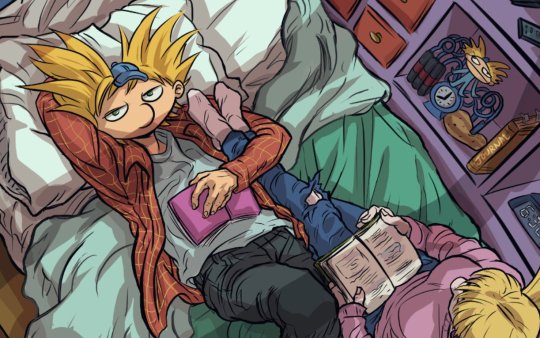

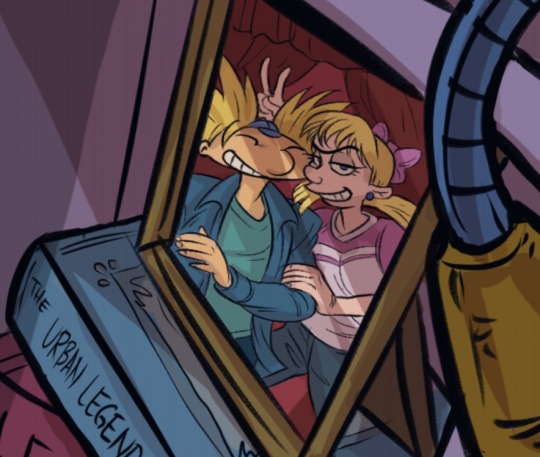
Lazy afternoon
#betaruga-HA#Hey Arnold#shortaki#helga pataki#arnold shortman#trying to break out of my comfort zone with perspective interiors
1K notes
·
View notes
Text

Arnold Lakhovsky - Samovar Workshop (ca. 1919)
135 notes
·
View notes
Text
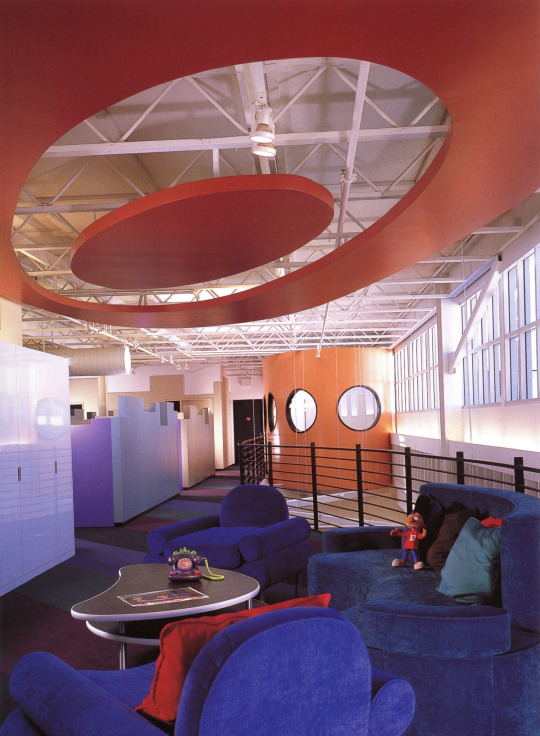




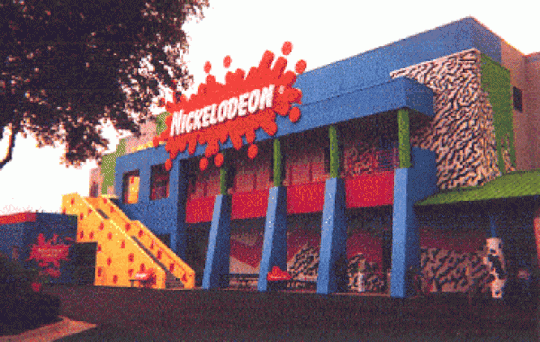
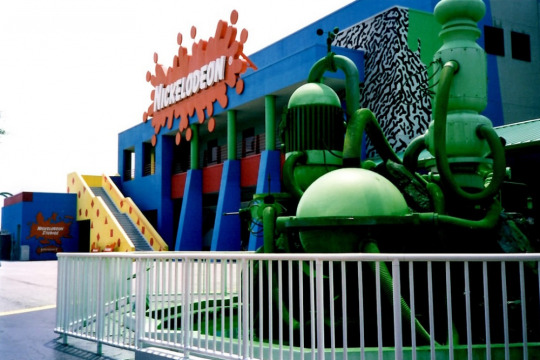
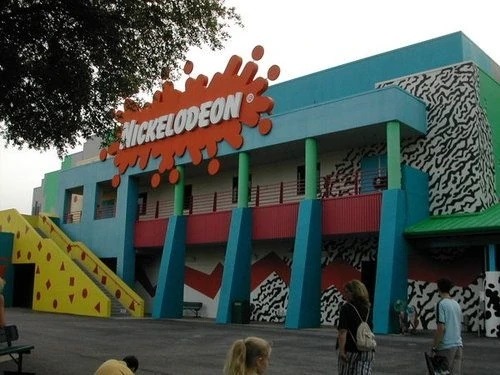

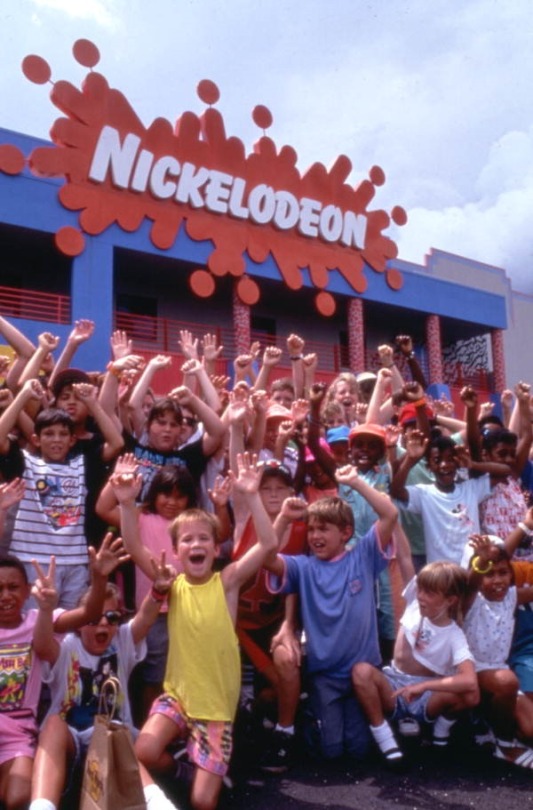
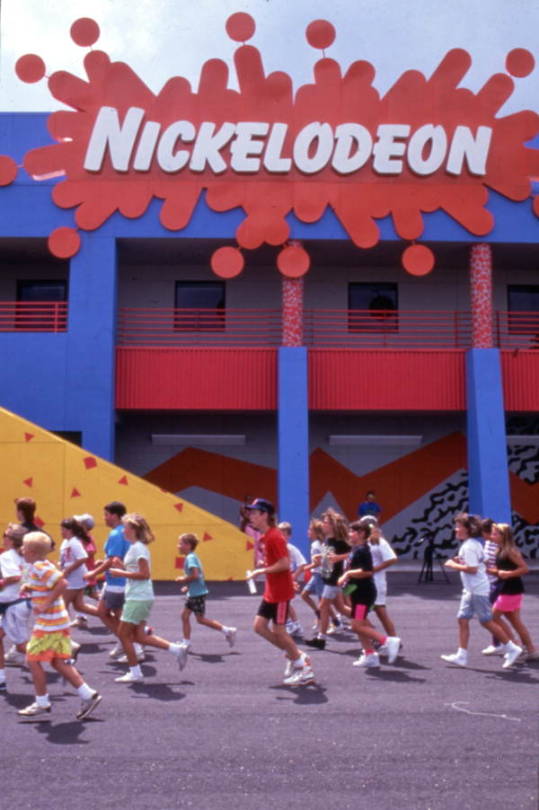
#90s#90s aesthetic#90s fashion#90s vibes#90's design#90's interior#Nickelodeon#1990s#90s style#street style#actual 90's#colorful#neon#neon colors#vaporwave#Rugrats#Hey Arnold#Nickelodeon Phone#Nickelodeon Studios
325 notes
·
View notes
Photo
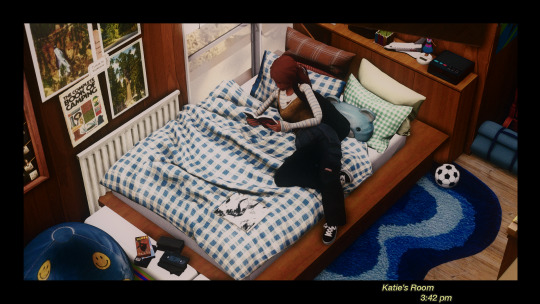

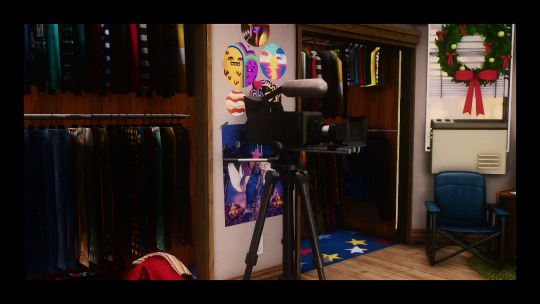
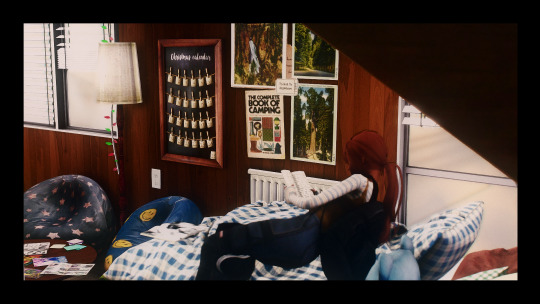

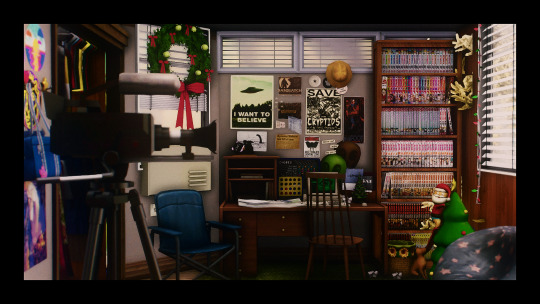
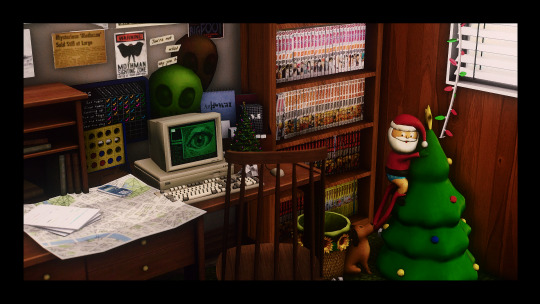
after school
#ts3#the sims 3#sims 3#black simblr#black sims#ts3 build#sims 3 bedroom#ts3 interior#ts3 decor#sims of color#sims 3 build#oc: katie#katie arnold#i hope i did a good job showing off their personality#i stole this caption from my sister skskks#>:3#also ignore the fact that she's almost got shoes on the bed#that little heathen#i forgot to take them off so we'll say she's so engrossed in her book that she forgot to take it off#*them#i put together her little posters and am so proud#cus i'm not really good at decorating bedrooms#but i think it looks good#she's really into cryptids and nature and all that#she's also a videomaker :3
259 notes
·
View notes
Photo

452 notes
·
View notes
Text

#Xavier Beltran Architecture#X Beltran Architecture#Los Angeles#Brentwood#Spanish Colonial Revival style#Paul Williams#1930#Studio Jake Arnold#interior design
16 notes
·
View notes
Text

Unreachable Interior #8956
2 notes
·
View notes
Text

Arnold Timsh's hidden infatuation
#knife of dunwall#1837#legal district#arnold timsh#delilah copperspoon/kaldwin#timsh estate and law offices#interior#statues#portrait
9 notes
·
View notes
Text
First Standard Student dancing
youtube
#trending#city#interiors#nyc#urban#viral trends#kitchen#fashion trends#trent alexander arnold#viral#fashion#school#tamilnadu#tech#Youtube
0 notes
Text

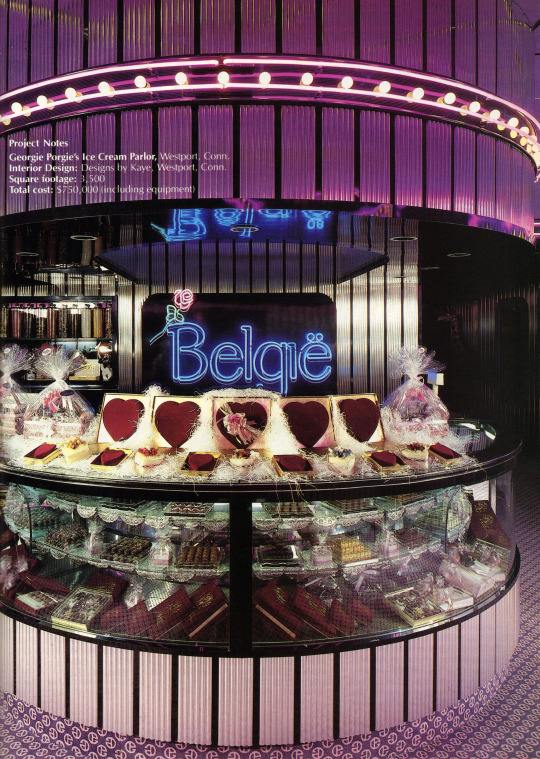

Georgie Porgie's Ice Cream Parlor - Westport, CT (1987?)
Designed by Arnold Kaye
Scanned from a 1988 issue of Contract Interiors Magazine & the book, Food Presentation & Display (1992)
#80s#design#interior design#interiors#architecture#1980s#colorful#pink#glowing#neon#metallic#ice cream parlor#reflective#westport#connecticut#my scans#purple
5K notes
·
View notes
Text
After just having watched Red Sonja in it’s entirety for maybe the first time in my life (I may have caught it full on WXON TV20 afternoon television when I was very young...we’re talking like under ten) I want to say....the Conan movies and Red Sonja...are, to me, the very very veeeerrrry impressive expression of a multitude of artists who are obviously very passionate, hard working and brilliant.
#really#I only link all three because of the collective writing of#Robert Howard#and because#Arnold Schwarzenegger#is in all three of them#the costumes#the interior sets#the matte paintings#the music#the choreography#the creature designs#all top notch#!
0 notes
Photo










Ram's Gate Winery, Sonoma (No. 1)
Perched upon a hill, where the San Francisco Bay meets the edges of Napa and Sonoma counties, lies Ram's Gate Winery. The beautifully designed winery and tasting room overlooks the organically farmed estate vineyard uniquely positioned between three AVAs - the Sonoma Valley on the south side, the Sonoma Coast on the east, and Carneros on the west.
Founded in 2011, the winery has long been recognized for our portfolio of wines, architectural beauty, refined hospitality programs and sublime culinary experiences. Showcasing a deep appreciation for our 28-acre estate along with personality-driven wines from some of Northern California’s most cherished terroirs, the ethos of Ram’s Gate is echoed through our commitment to full-circle engagement.
Source
#Ram's Gate Winery#wine tasting#don't drink and drive#28700 Arnold Drive#Sonoma#California#original photography#summer 2022#vacation#travel#USA#architecture#interior#exterior#nature#flora#tree#landmark#tourist attraction#2018 Chardonnay Cellar Note#white wine#garden#park#vineyard#olive tree#excellent wine#outdoors#indoors
1 note
·
View note
Text
Good Omens season 2 referencing Powell & Pressburger films


Crowley's angel hair is modeled after Kim Hunter's hair as June in A Matter of Life and Death (1946).

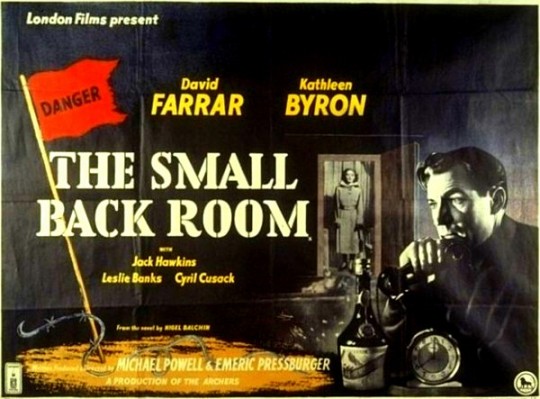
Maggie's shop is called The Small Back Room in reference to 1949's The Small Back Room.
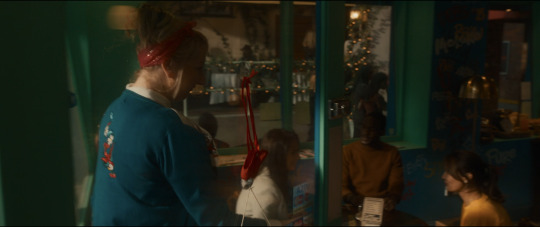
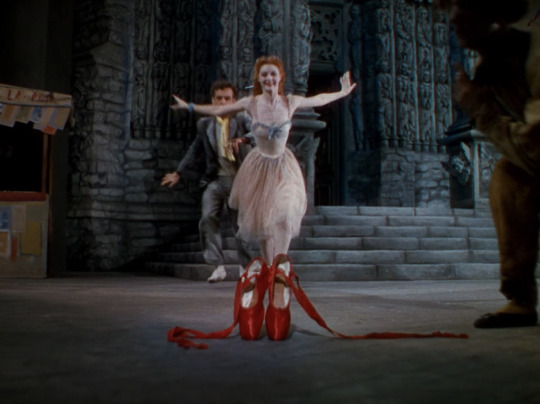
The red ballet shoes on the door of Give Me Coffee or Give Me Death are a nod to The Red Shoes (1948).
(Note : the klaxons sounding in Heaven at the end of episode 1 are said to be a nod to the alarm bells in The Other World in A Matter of Life and Death. Personally, I don't think they sound at all alike; they are only similar in both being alarms. Plus, it's an audio reference, which I don't have the skill or patience to include here. But it's there!)
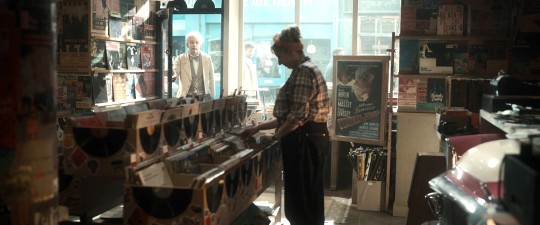
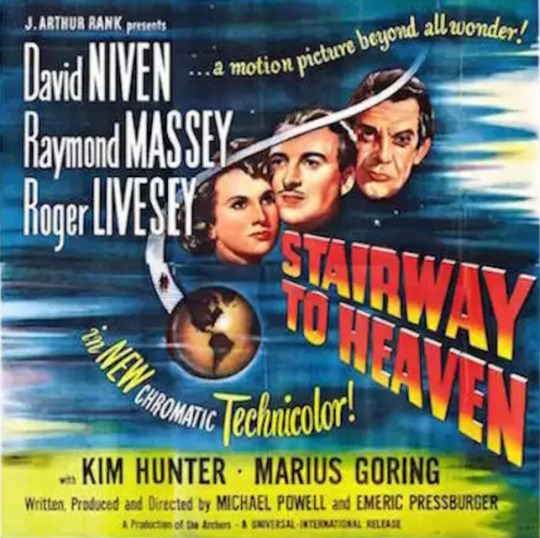
In The Small Back Room, Maggie has a poster for the film Stairway to Heaven displayed. A Matter of Life and Death was released under this title in the US.

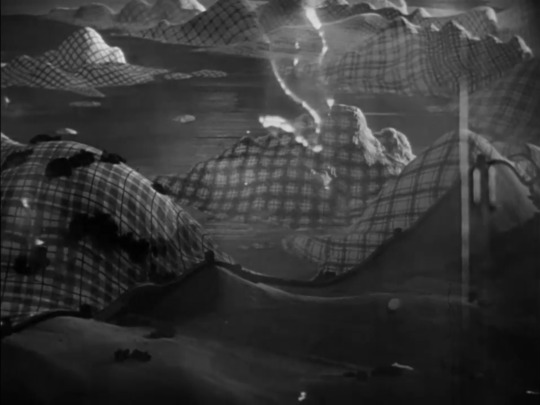
The tartan hills welcoming Aziraphale to Scotland are a reference to the tartan hills welcoming Joan to Scotland in I Know Where I'm Going! (1945). And of course, the third episode is itself titled "I Know Where I'm Going."

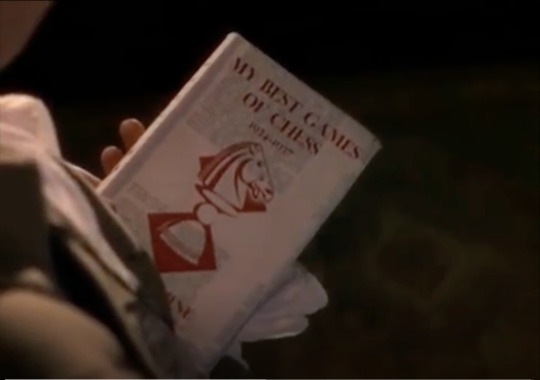
Jim drops the book My Best Games of Chess, 1924-1937, by Alexander Alekhine, onto a table in the bookshop repeatedly as he is discovering how gravity works. This book is featured prominently in A Matter of Life and Death.
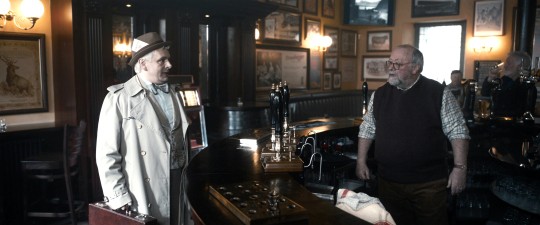

When Aziraphale enters The Resurrectionist pub in Edinburgh, I Know Where I'm Going! is playing on both televisions (I'm pretty sure I found the right scene to match this screenshot). You can also make out the name 'Pressburger' on one of the posters in this screenshot, but we'll get to that later. . .

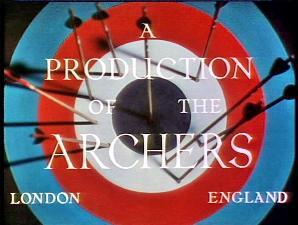
The family name on the mausoleum where Aziraphale and Crowley hide out with Elspeth and Wee Morag is Archers. It's never clearly seen in the show, but it can be seen in this BTS photo of the model used for Crowley's embiggening. The Archers was the name of Powell and Pressburger's production company. The interior of the tomb and the urns outside the full-size set also reference the Archers, and Powell & Pressburger individually.
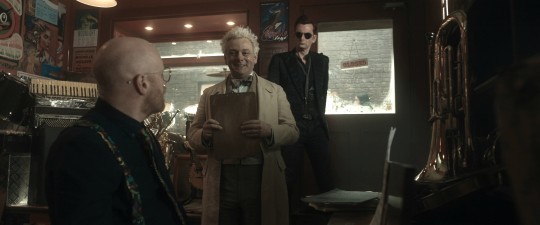

In Mr. Arnold's record shop, one of the posters on the wall is for a UK music tour; either the band or the tour is titled Met By Moonlight. This is referencing Ill Met By Moonlight (1957), the final film Powell & Pressburger made together. (I personally think this one is a reach, as the title of the film is a line from A Midsummer Night's Dream and thus not really clockable to the outside viewer as a direct Archers reference, but apparently the intent was there so we're counting it!)
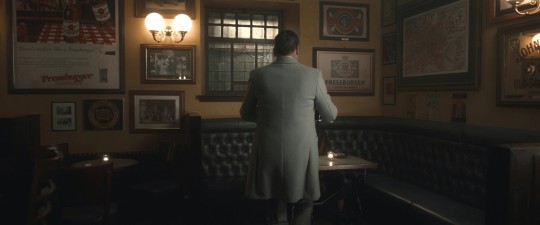
The Pressburger posters are more clearly visible during the Gabriel and Beelzebub rendezvous scene in The Resurrectionists pub. We can see they advertise 'Pressburger Scottish Lager,' which is of course a nod to Emeric Pressburger himself. (Unclear if Michael Powell has his own label that we just don't get a clear view of. . .)
-- -- -- -- --
I clocked a couple of these myself, but they are all referenced in the X-Ray trivia on the Prime Video player. Would love to know if anyone has clocked anymore that aren't divulged. . .
#as a side note : please watch a matter of life and death#it is exquisite as a film and also very relevant to gomens interests#it's on youtube!#good omens#powell and pressburger#the archers#a matter of life and death#the small back room#the red shoes#i know where i'm going#ill met by moonlight
300 notes
·
View notes
Photo

398 notes
·
View notes
Photo

Capture of Fort Ticonderoga
The Capture of Fort Ticonderoga (10 May 1775) was a military operation that occurred early in the American Revolutionary War (1775-1783). A small colonial expedition jointly led by Benedict Arnold and Ethan Allen surprised the British garrison of Fort Ticonderoga, seizing both the fort and its artillery. The Americans later used the captured cannons to win the Siege of Boston.
Fort Ticonderoga
Fort Ticonderoga sits at the southern end of Lake Champlain, near the modern-day border between New York State and Vermont. Its location was of critical significance for the colonial wars of the 18th century, as it guarded a major system of rivers and lakes that connected New York City to Quebec. This waterway – comprised of the Hudson River, Lake George, Lake Champlain, the Richelieu River, and the Saint Lawrence River – was a nearly unbroken chain of bodies of water with only a handful of portages that had long been utilized by the Native Americans for travel purposes. The colonial empires of Britain and France considered the passage to be the 'American jugular', the key to the continent; if the British controlled it, for instance, they could invade France's colony of Canada, while the French could use the waterway to attack the interior of Britain's Thirteen Colonies.
In 1755, the French constructed a large star-shaped fortress, named Fort Carillon, at the key juncture between Lake George and Lake Champlain. The ongoing French and Indian War (1754-1763) marked the climactic struggle between the two colonial powers for dominance of North America, and the British knew they had to capture Fort Carillon as a prerequisite for an invasion of Canada. In 1758, a British expedition of 16,000 regular and provincial troops set out to conquer the fort but was repulsed by 4,000 French defenders. The Battle of Carillon was the largest and bloodiest battle fought on North American soil until that point. It also gave the fort a reputation for impregnability, even though most of the fighting had taken place about a mile away from the fort itself. After the battle, the French reduced the fort's garrison to only 400 men, leaving it vulnerable to another British expedition of 11,000 men the following year. Realizing they had no chance against the large British force, the French garrison decided to abandon Carillon, but not before spiking the guns and destroying much of the fort with explosives.
The British captured the ruined fort and renamed it Ticonderoga, which was derived from an Iroquois word meaning "between two waters" or "where the waters meet" (history.com). The British spent the next several years working to rebuild and improve the fort. But at the end of the war in 1763, France ceded Canada to Britain, which negated Fort Ticonderoga's strategic importance because the New York – Canada water route was now entirely within British territory. The British, therefore, did not prioritize the fort's upkeep and, by 1775, it had fallen into a state of semi-disrepair, with the walls, bastions, and blockhouses in a dilapidated condition. It was garrisoned by a skeleton force of 2 officers and 48 men and was also the home of their families, which included 24 women and children. This garrison was much too small to defend the fort from attack but was deemed suitable to watch over it during peacetime. But in early 1775, the clouds of war were quickly gathering, and Ticonderoga was woefully unprepared for the storm.
Continue reading...
30 notes
·
View notes